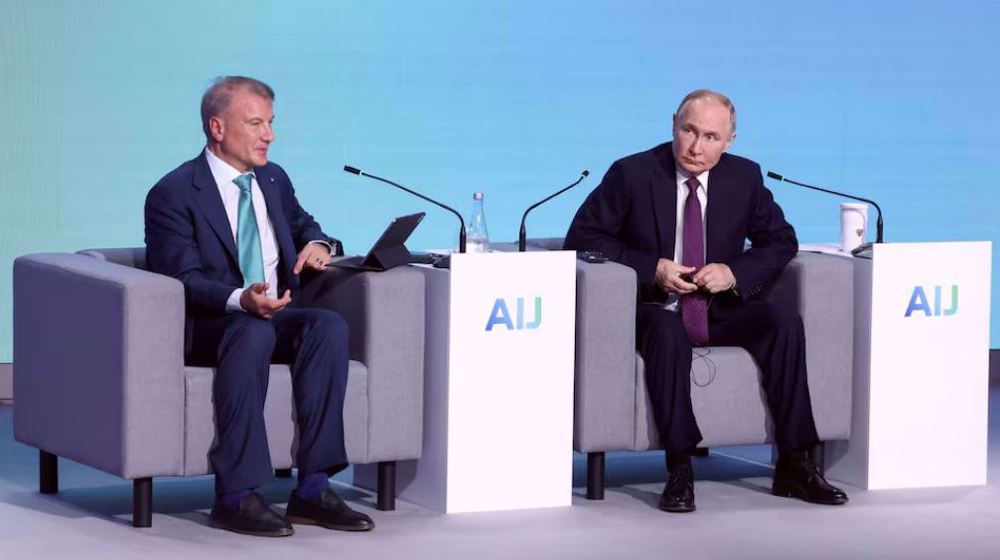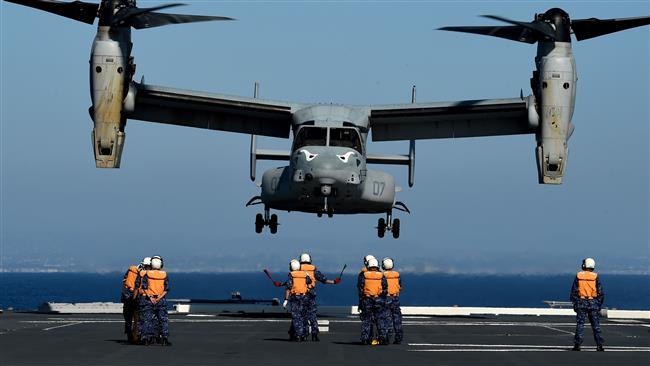China proposes dialog to avoid potential conflict on Korean Peninsula
China’s prime minister has warned that escalating tensions on the Korean Peninsula could lead to an armed conflict, urging parties to ratchet down tensions to avoid war.
Premier Li Keqiang said on Wednesday that any conflict in the region would bring harm to all sides. He urged the parities, including South Korea, the US, Japan, and the North, to start engaging in dialog to ease tensions.
“So what we hope is that all the parties concerned will work together to de-escalate the situation, get issues back on the track of dialog and work together to find proper solutions,” the Chinese prime minister said. “It’s just common sense that nobody wants to see chaos on their doorstep.”
Li added that Beijing was committed to denuclearization on the Korean Peninsula.
The comments come at a time of an especially tense situation in the region. North Korea has been rapidly advancing a missile and military nuclear program, and the US has amassed military forces in the region for military maneuvers with South Korea and Japan.
The US nuclear-powered carrier USS Carl Vinson has arrived in the region to take part in two-day exercises with warships from South Korea as well as those of Japan.

The US’s joint annual military drills with the South have infuriated North Korea, which has pledged “merciless ultra-precision strikes” if its sovereignty is violated during the exercises.
North Korea deems the maneuvers rehearsals for an attack on its territory.
The US and South Korean military chiefs, meanwhile, have warned that Pyongyang could “conduct provocative actions” in response to the drills. US Joint Chiefs of Staff General Joseph Dunford’s office said that the US and the South’s military leaders “discussed [their own] response options” during a recent call that lasted about 30 minutes.
In the drills, the US is using nuclear-propelled aircraft carriers, nuclear submarines, nuclear strategic bombers, and stealth fighters.
The US has military forces in South Korea on a permanent basis. It has also started the deployment of an advanced missile system in South Korea.

The Terminal High-Altitude Area Defense (THAAD) is equipped with a powerful detection system known as an X band radar, which experts say would destabilize regional security and upset the region’s current military balance.
North Korea and China have long opposed the deployment.
The system is installed with the declared goal of neutralizing potential missile threats from North Korea. Last week, the North test-fired four ballistic missiles, three of which went down in waters claimed by Japan as its sovereign territory. Japan reacted to the launches with rhetorical anger but took no action.
Araghchi: Iran-Russia strategic deal step toward ‘more just world’
UNRWA unraveled amid Israel's allegations, reduced intl. support
Palestinian journalist, a Sobh Media Festival awardee, killed in Gaza hours before truce
Jan. 15: ‘Axis of Resistance’ operations against Israeli occupation
VIDEO | Fears, hope in Gaza amid intensified ceasefire efforts
VIDEO | Press TV's news headlines
Hamas: Ceasefire agreement result of steadfastness, resistance in Gaza over 15 months
Hamas thanks Iran, Resistance Front following achievement of ceasefire in Gaza













 This makes it easy to access the Press TV website
This makes it easy to access the Press TV website